Jupiter's Interior
Jupiter's Interior
I've talked about Jupiter several times because it's the most interesting planet in our solar system. New observational data from NASA's Juno spacecraft have revealed more information about Jupiter's interior.
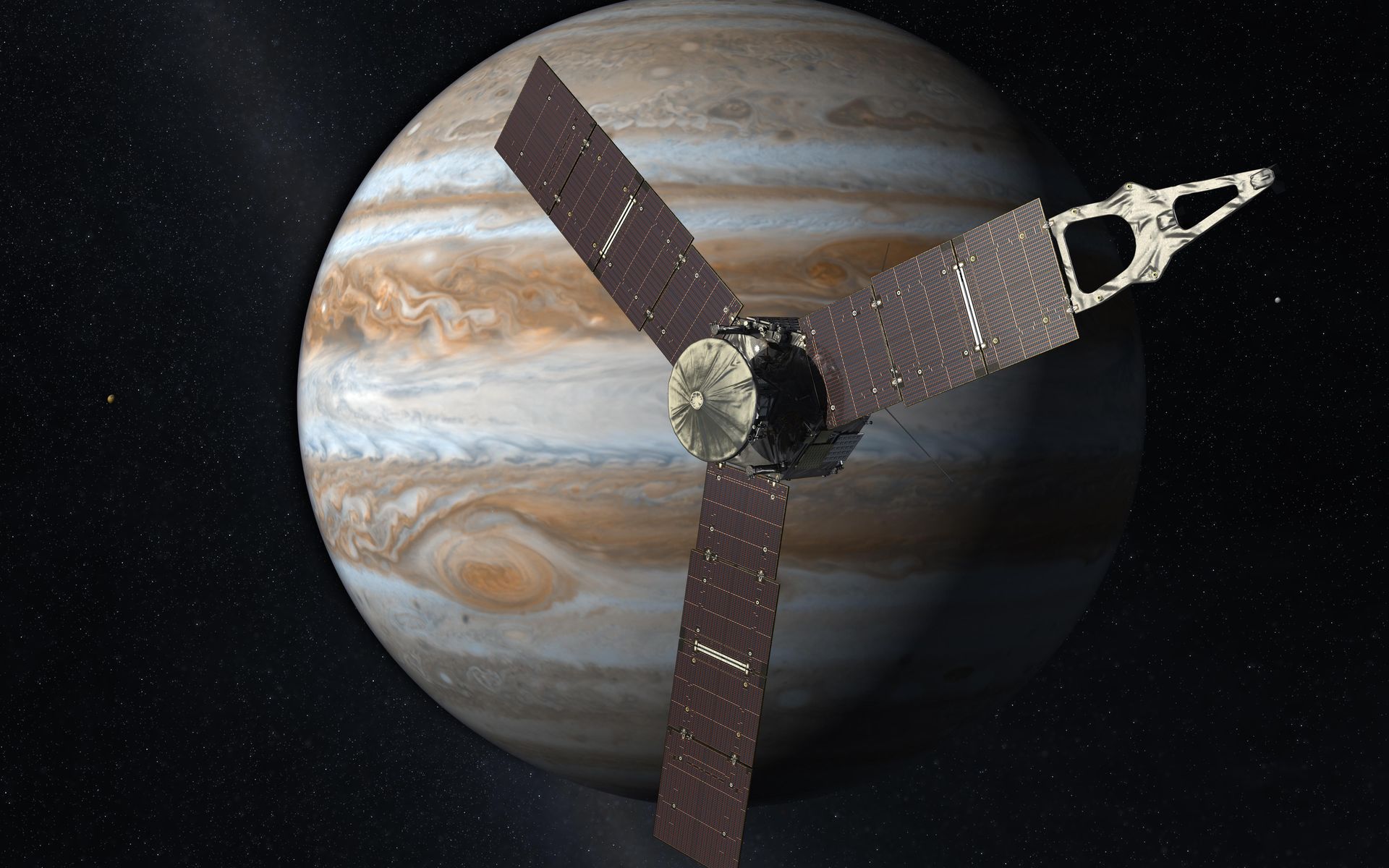
The Juno spacecraft was launched on August 5, 2011 and has entered a polar orbit around Jupiter on July 5, 2016. Juno has several scientific instruments, including a microwave radiometer, an infrared aurora mapper, a magnetometer, a radio source to measure gravity, an Energetic particle detector, a plasma wave sensor, an ultraviolet spectrograph, and a visible light camera.
As you might know, Jupiter has a huge cloudy atmosphere that is almost impossible to see what's under it. I think it's very exciting that NASA is able to probe the atmosphere and determine what it's made of.
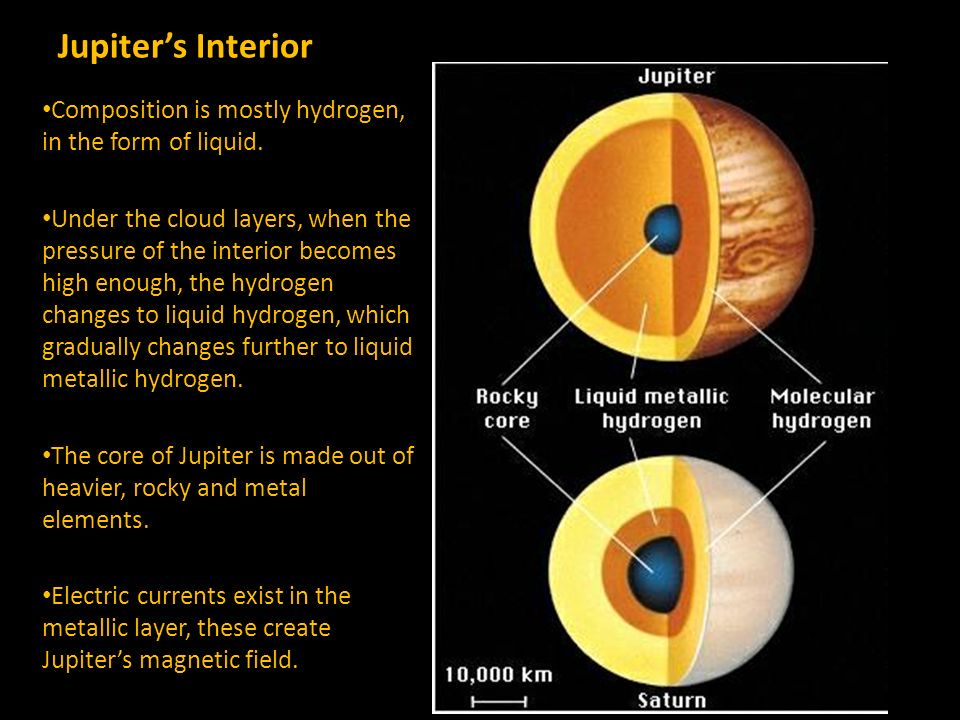
It turns out that Jupiter's atmosphere extends down some 3,000 kilometers. That's much deeper than was previously known. What's really interesting is that what's under the clouds acts as if it's a solid but isn't technically a solid. What does this mean?
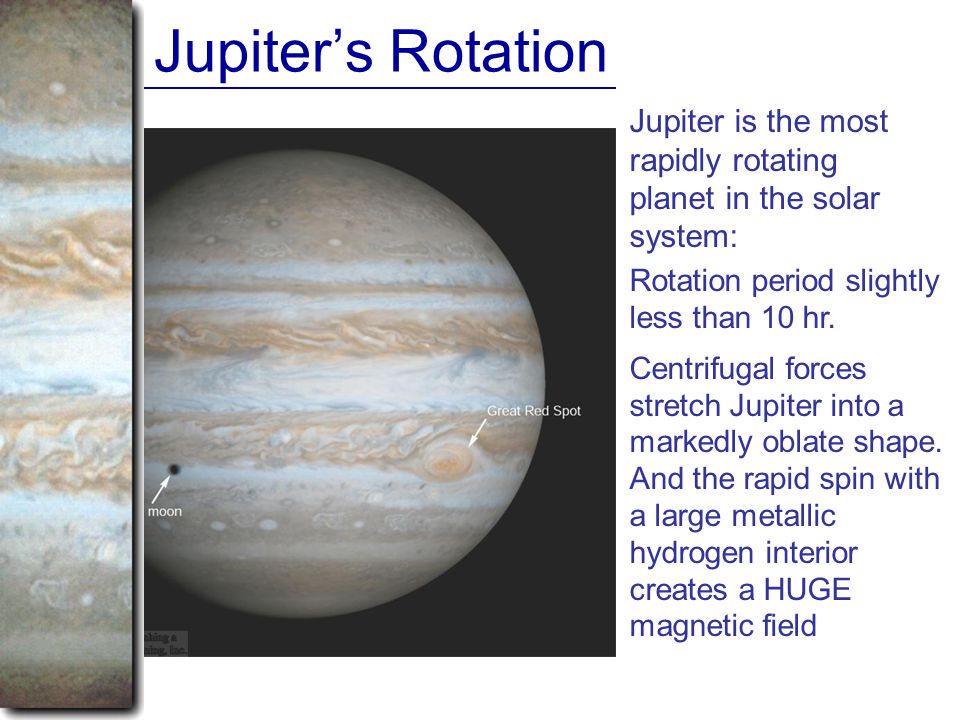
The true surface of Jupiter is a mixture of hydrogen and helium that rotates like a solid body. Remember that Jupiter's atmospheric winds blow very strong, but it turns out that Jupiter's atmosphere exerts a pressure that's 100,000 times that of Earth's atmosphere. The reason for this is that Jupiter's atmosphere makes up one percent of its mass. That's huge! Earth's atmosphere is only 0.1% of its mass. The other crazy thing about Jupiter is that its gravitational field is not symmetrical form North to South. This is caused by variations in the wind and how it flows, and since the atmosphere contains one percent of the mass it will influence the planet's gravitation.
So, what does the solid part of Jupiter look like?
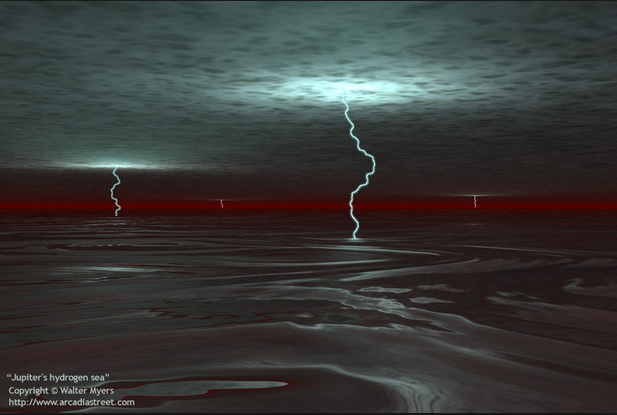
It turns out that when hydrogen is compressed to the degree that it is on Jupiter it forms a strange form of hydrogen known as metallic hydrogen. No one really understands this form of hydrogen completely. It's more of a theoretical concept. Since it's metallic, its spinning can form a strong magnetic field, which is what Jupiter possesses. Jupiter's magnetic field is so strong it extends out for millions of miles.
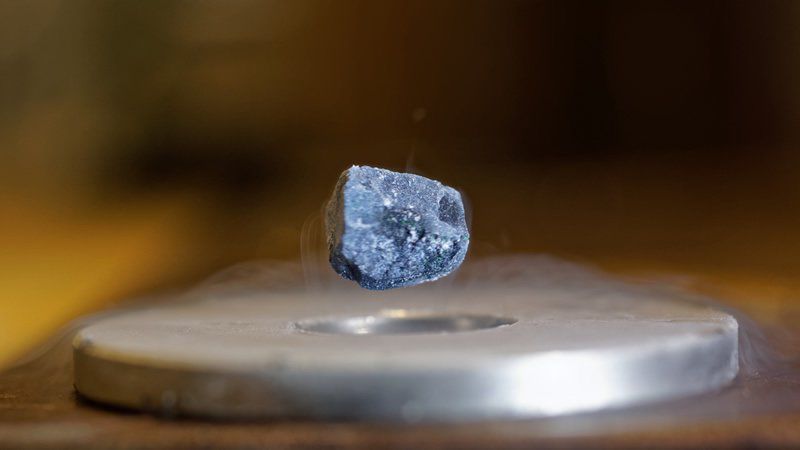
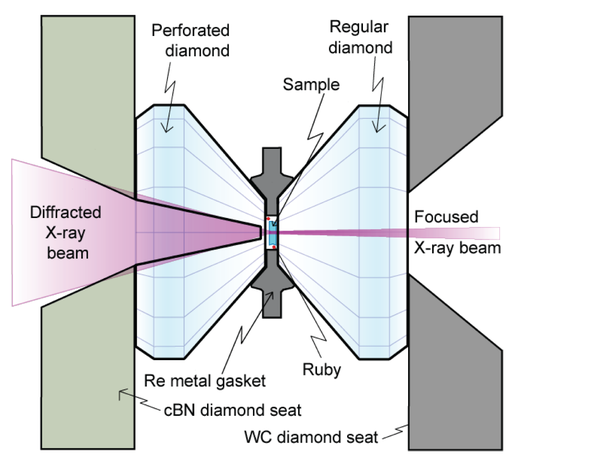
Metallic hydrogen could be considered a form of degenerate matter that could exhibit superconductivity. Some of it has been created in labs and has proven that it would be superconductive because its electrical resistance is nearly zero. A paper in 2016 claimed to have created solid metallic hydrogen, but there is some question that this was the case.
At the very bottom of Jupiter there is a rocky, icy core. That has been the theory for quite some time. This would indicate that during the formation of the gas giants, the small amount of rock and ice that they accumulated settled to the bottom because of their density.

The other thing that was recently discovered is that there is lightening in those whirling storms in Jupiter's atmosphere. This lightening is very powerful and is able to convert the methane in the clouds into diamonds. In other words, Jupiter has hailstorms made from diamonds. And, when these diamonds get closer to the interior they are heated up and liquefy. That means that Jupiter could have diamond seas.
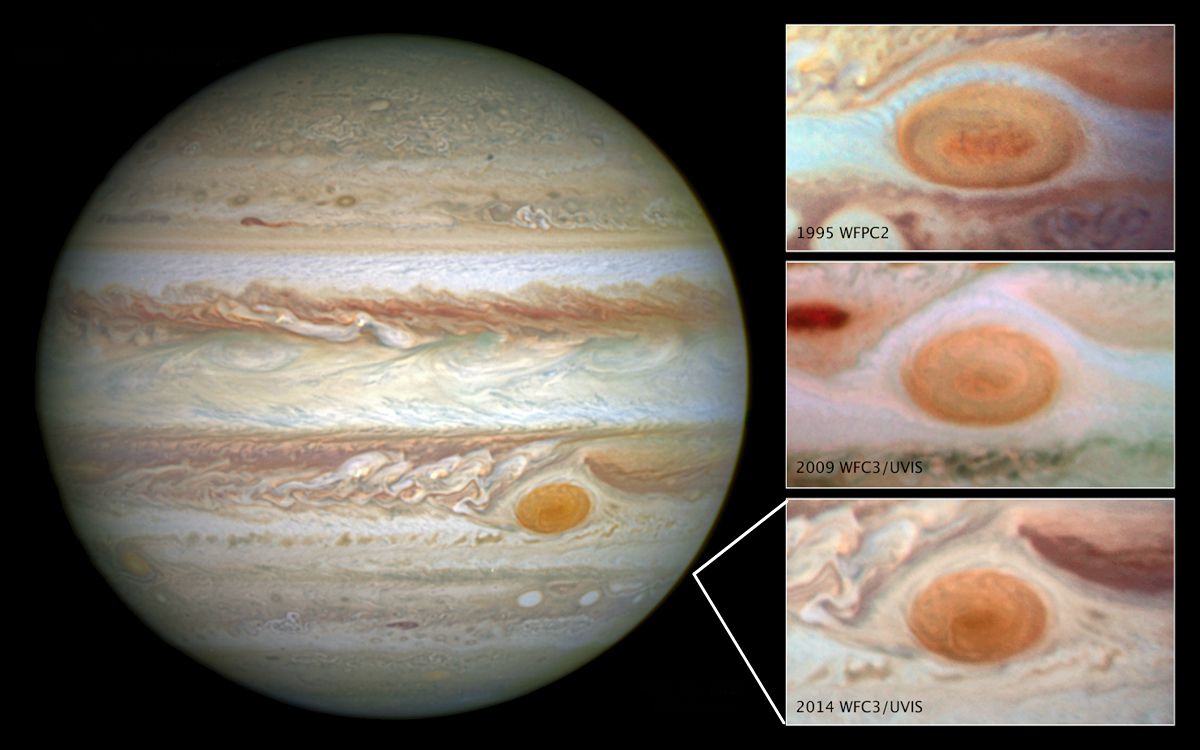
The other thing of note is that the Great Red Spot is shrinking. In just a few decades, photographs of the Red Spot indicate that it's growing smaller probably because it can't find enough other storms to keep it going. That's sad because the Great Red Spot is the iconic signature of the mighty planet Jupiter.
Thanks for reading.
Bạn đang đọc truyện trên: Truyen247.Pro